In the context of climate change and the harshness of nature, developing sustainable and effective agricultural models is becoming one of the important directions to help improve people's livelihoods.
According to Associate Professor Dr. Nguyen Xuan Truong, Director of the Institute of Agricultural Biology (Vietnam Academy of Agriculture), one of the notable models today is growing potatoes on sandy soil in Ly Nam commune, Bo Trach district, Quang Binh province.
“After testing the planting of “White” potatoes in different seasons on sandy soil, the winter-spring crop gave surprising results, bringing high income to farmers,” said Mr. Truong.
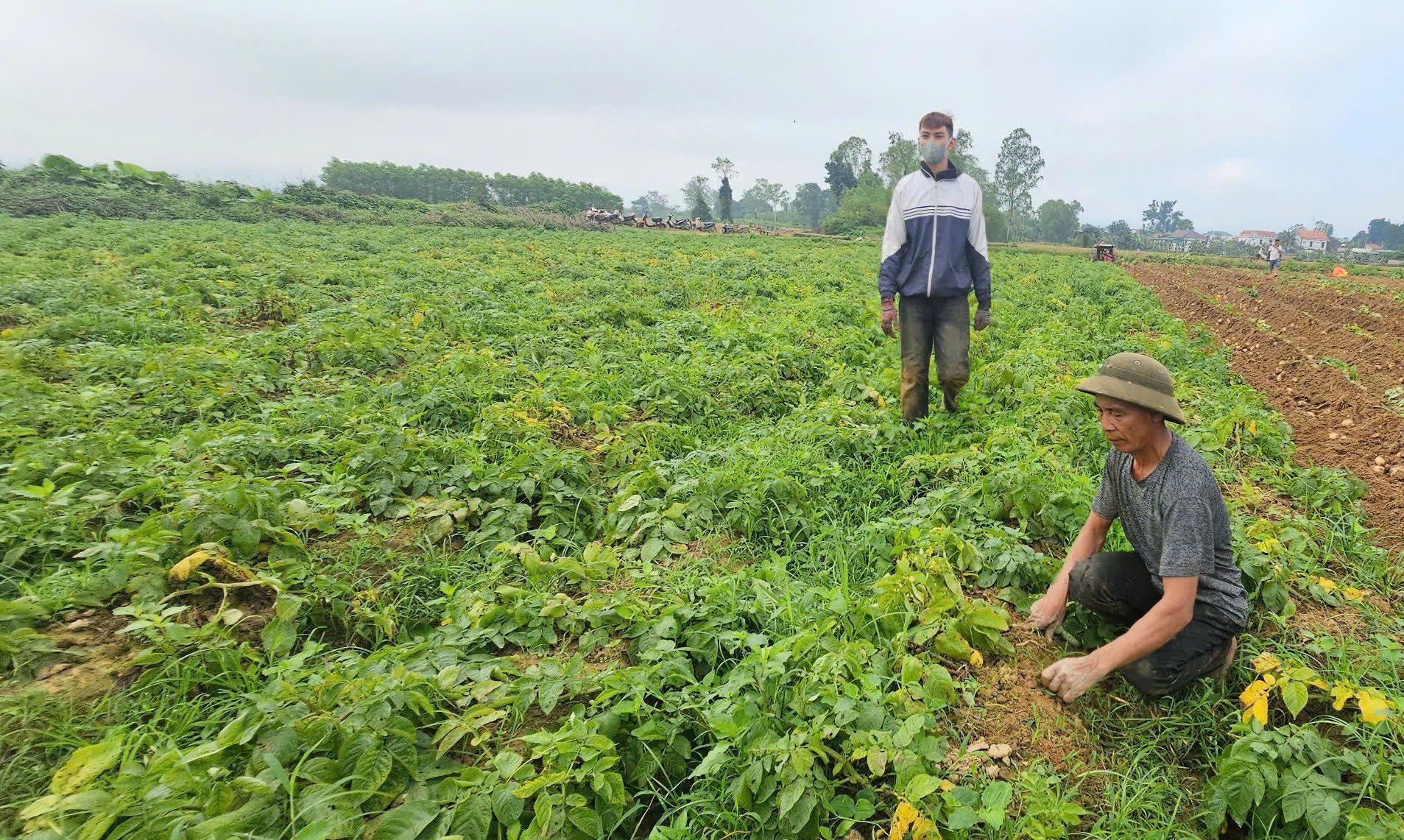
Potato growing model on sandy soil in Quang Binh. Photo: T. Phung.
Breakthrough of Quang Binh agriculture
The experimental model of growing potatoes in the sandy area of Quang Binh was led by the Institute of Agricultural Biology, An Nong Agricultural Cooperative cooperated with 3 households to implement the planting and the project was financially supported by KOICA (Korea).
According to Mr. Nguyen Xuan Truong, bringing potato varieties to the sunny and windy land of Quang Binh is difficult. Potatoes are mainly grown in the Red River Delta and the Northern mountainous region or the Central Highlands - where the weather is favorable.
“We have tested many models on different areas of land in Quang Binh province at different times to find the most advantageous planting schedule. That is, the potato crop starts at the end of the year and is harvested early next year. At that time, the weather in Quang Binh is rainy and cold, and when the spring weather is warm, we harvest,” added Mr. Nguyen Xuan Truong.
The model was implemented on an area of 1.5 hectares on sandy soil, which is often considered difficult to cultivate due to its poor water and nutrient retention capacity. However, thanks to the application of advanced techniques such as soil improvement, appropriate fertilizer use and selection of adapted potato varieties, the model has demonstrated the potential of sandy soil in agricultural production.
After harvesting, the experimental model of growing potatoes on sandy soil gave an average yield of about 17 tons/ha. Mr. Nguyen Xuan Truong acknowledged: “Initial results show that the model not only brings high economic efficiency but also opens up great prospects for local agriculture. It helps farmers change their crop structure, have high income on the field and can expand the area to other localities”.
According to Mr. Truong, the model has given farmers a new way of thinking about improving sandy soil by adding organic fertilizers and green manures to increase water and nutrient retention. From the model, farmers will proactively rotate crops, apply organic fertilizers to the fields to improve soil fertility, and limit pests and diseases for the following crops. Moreover, the demand for potatoes in Vietnam is increasing, especially in the food processing industry. This opens up a wide consumption opportunity for local farmers, contributing to promoting a sustainable agricultural economy.
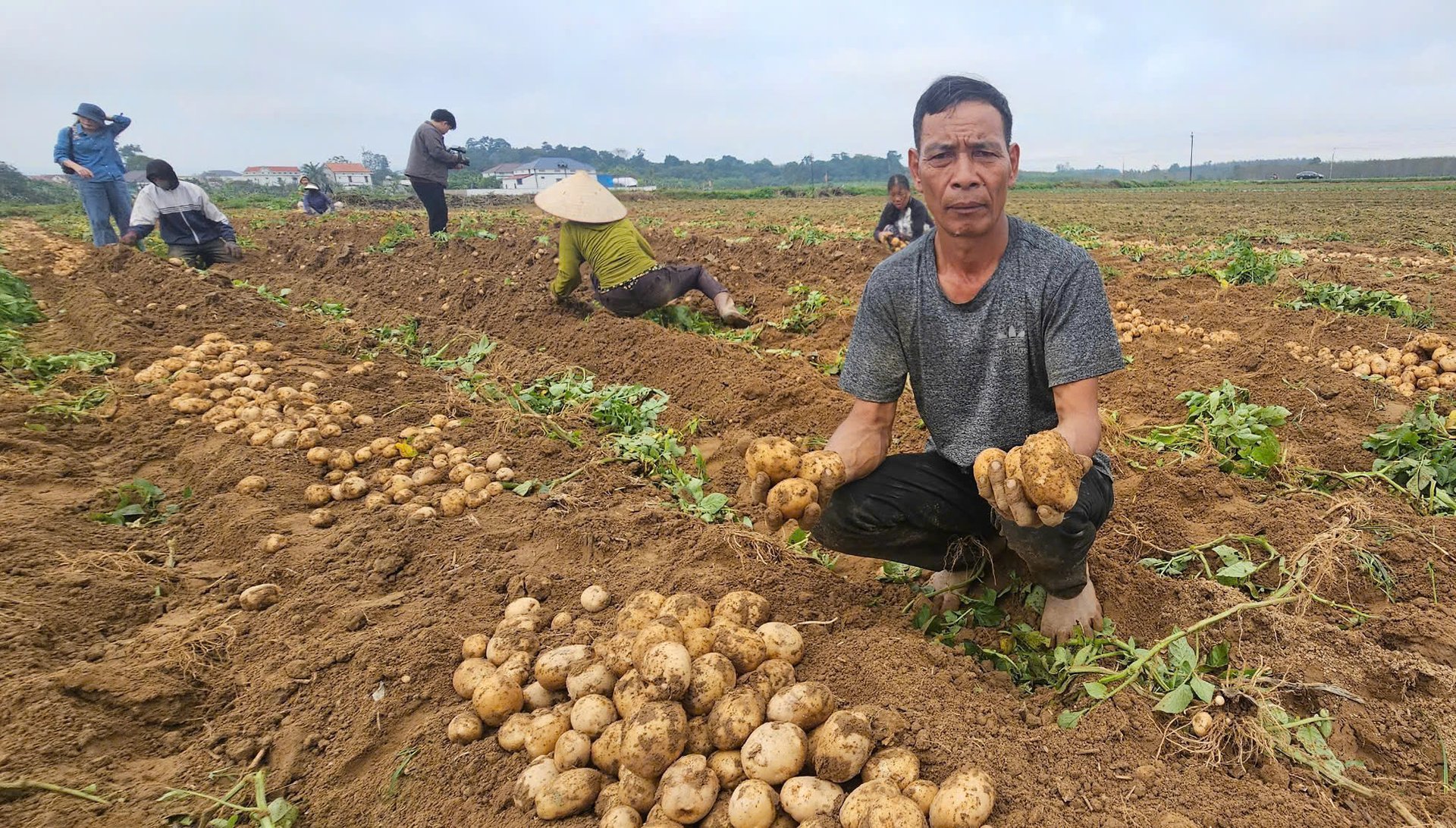
Mr. Vo Van Son shared: "Bringing potatoes to sandy soil opens up a new way for people to increase their income." Photo: Viet Khanh.
High income for farmers
In the field outside, next to the wide concrete road in Dong Thanh village, Mr. Vo Van Son's family is harvesting potatoes. While resting, Mr. Son said that this land used to be specialized in growing cassava as raw material. Because cassava takes more than 9 months to grow before being harvested, it can only be harvested once.
In recent years, the KM94 cassava variety that people are growing is often affected by mosaic disease, low yield, and the income of people is only 50-60 million VND per hectare, the profit is not significant. His family agreed to participate in the model with an area of about 5 sao (500m2/sao). "The production process is supported by the project with seeds, fertilizers and production processes, so it is also favorable. Potato cultivation is not as difficult as traditional crops. For three months, the potato plants have grown well, no pests or diseases have been detected, so people are very excited," Mr. Son confided.
In the field, Mr. Chinh (Mr. Son’s son) was driving a tractor along the rows of potatoes to turn the soil. After each row, round, plump potatoes emerged from the ground, exposing themselves on the field. Mr. Son and a few women picked the potatoes and lined them up on the field.
With his acreage, Mr. Son quickly calculated that after harvest, the yield would be about 4.8 tons of tubers. The company's purchase price at the field is 8,500 VND/kg, earning more than 39 million VND. "After deducting costs such as seeds, fertilizers, etc., the profit is nearly 20 million VND. This profit is equal to growing one hectare of raw cassava. Next crop, the family will turn about one hectare of cassava land into potato cultivation to increase income," said Mr. Son.
Also participating in the winter-spring potato growing model, Mr. Vo Van Toan (with an area of nearly one hectare) said that in the last months of the year, the weather is cold and mild, so potatoes grow well and have high yields. “My area yields about 17-18 tons of potatoes. After deducting expenses, the remaining profit is about 80 million VND. That is very high compared to other crops,” Mr. Toan shared.
According to Mr. Toan, the next benefit for farmers is that after harvesting the potato crop, they can quickly prepare the soil, fertilize, and continue with the spring-summer watermelon crop or plant green beans, sesame, etc. Changing crops has helped farmers have more crop rotations.
“If we plant cassava, it takes about 9-10 months. While growing potatoes, we rotate with watermelon, beans, sesame and let the land rest. Thus, on the land area, we have rotated at least three production crops, income will increase significantly and because of the heavy fertilization, the soil is also “nourished” to increase fertility,” Mr. Toan added.
Many farmers in the area have visited the winter-spring potato model to learn from experience and calculate crop restructuring. Mr. Le Van Tan (in Ly Nam commune) calculated that if there is one hectare of potato cultivation, then a melon crop, then a bean crop... it is normal for farmers to earn hundreds of millions of dong per year from the field.
Mr. Doan Ngoc Nhan, Vice Chairman of the People's Committee of Ly Nam Commune, acknowledged that with the positive results from the 1.5-hectare trial, many experts believe that the model of growing potatoes on sandy soil in Quang Binh can be completely replicated in areas with similar natural conditions. "Currently, our locality has 1,200 hectares of sandy soil that can expand the winter-spring potato growing model," said Mr. Nhan.
Source: https://nongnghiep.vn/dua-khoai-tay-ve-vung-nang-gio-d743565.html




![[Photo] Visiting Cu Chi Tunnels - a heroic underground feat](https://vstatic.vietnam.vn/vietnam/resource/IMAGE/2025/4/8/06cb489403514b878768dd7262daba0b)



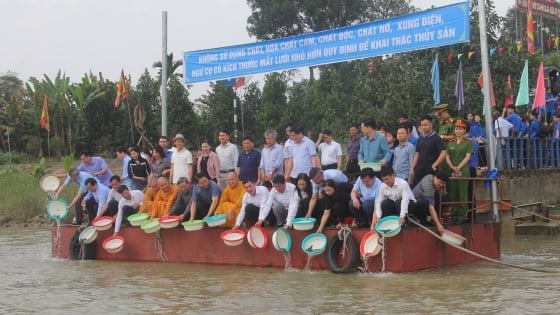
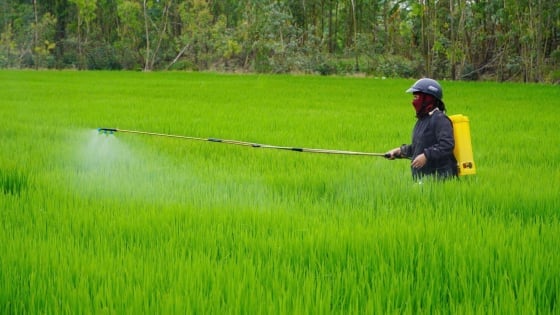
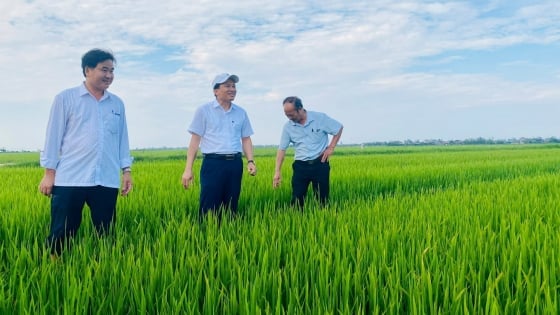

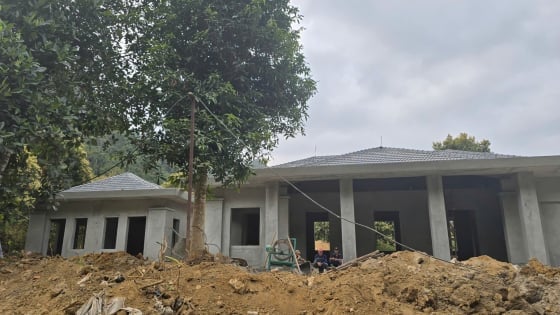
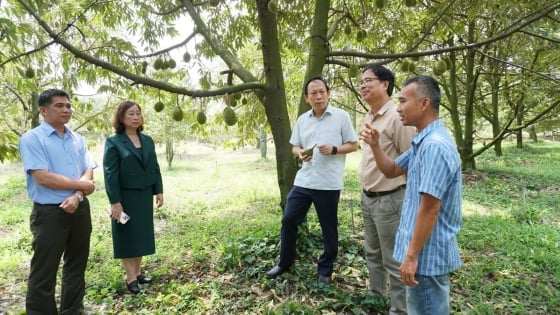




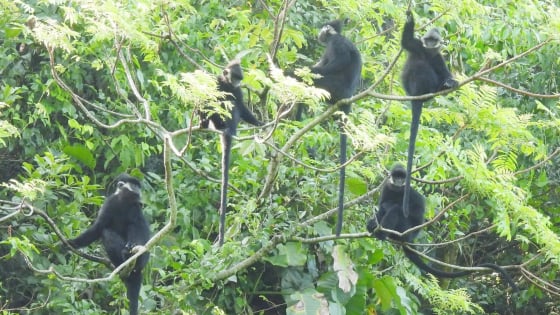

![Positive changes in combating IUU fishing: [Part 1] Absolutely do not cross the line](https://vstatic.vietnam.vn/vietnam/resource/IMAGE/2025/4/4/905e4471d2814aababd26dfc81596fe3)
![Green livestock farming trend: [Article 1] Effective application of biological products](https://vstatic.vietnam.vn/vietnam/resource/IMAGE/2025/4/4/9df880f267d14dd4817846806e3461fe)




































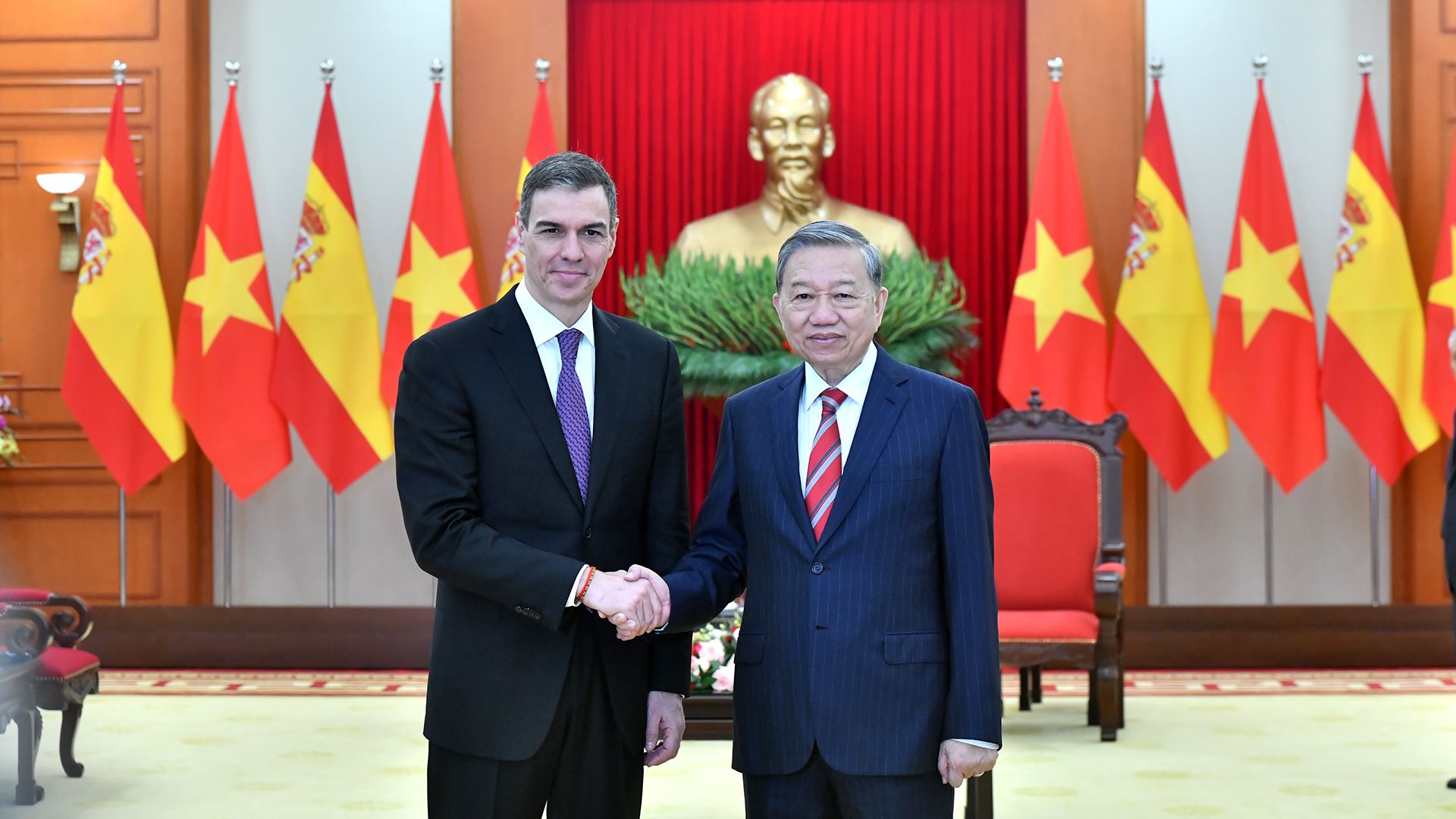



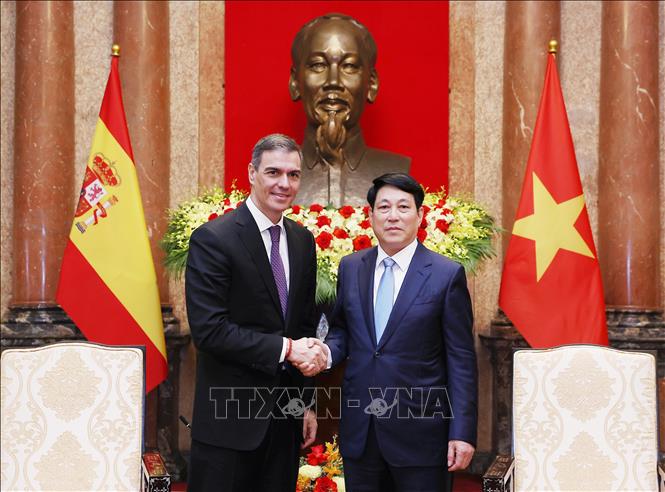








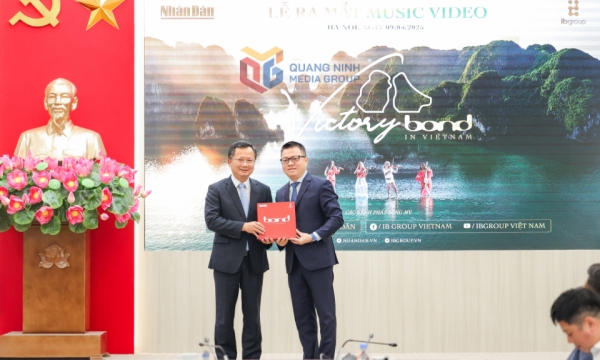
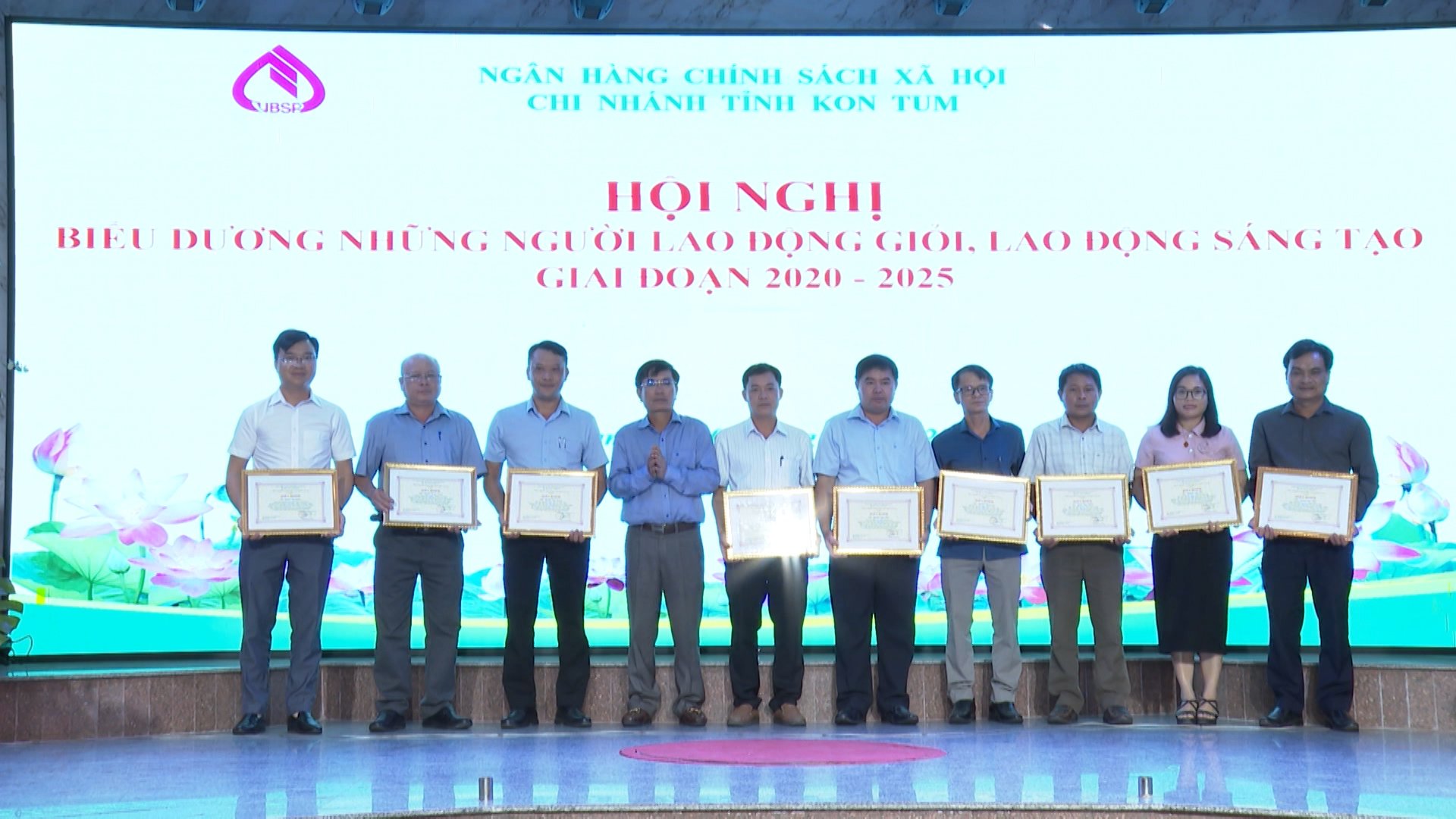
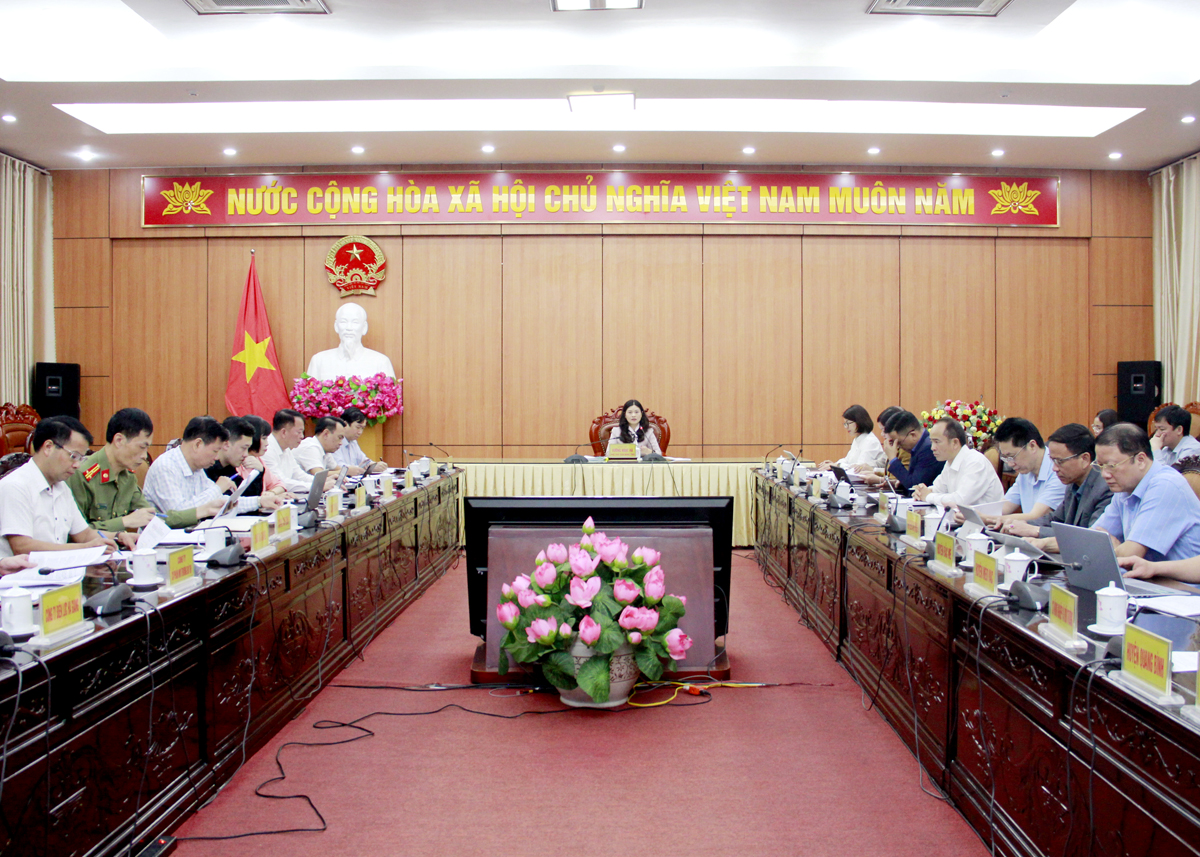
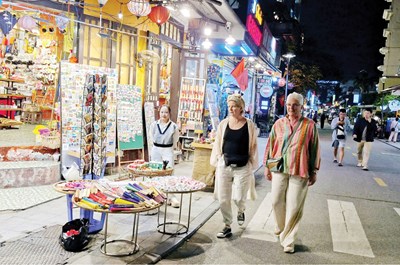
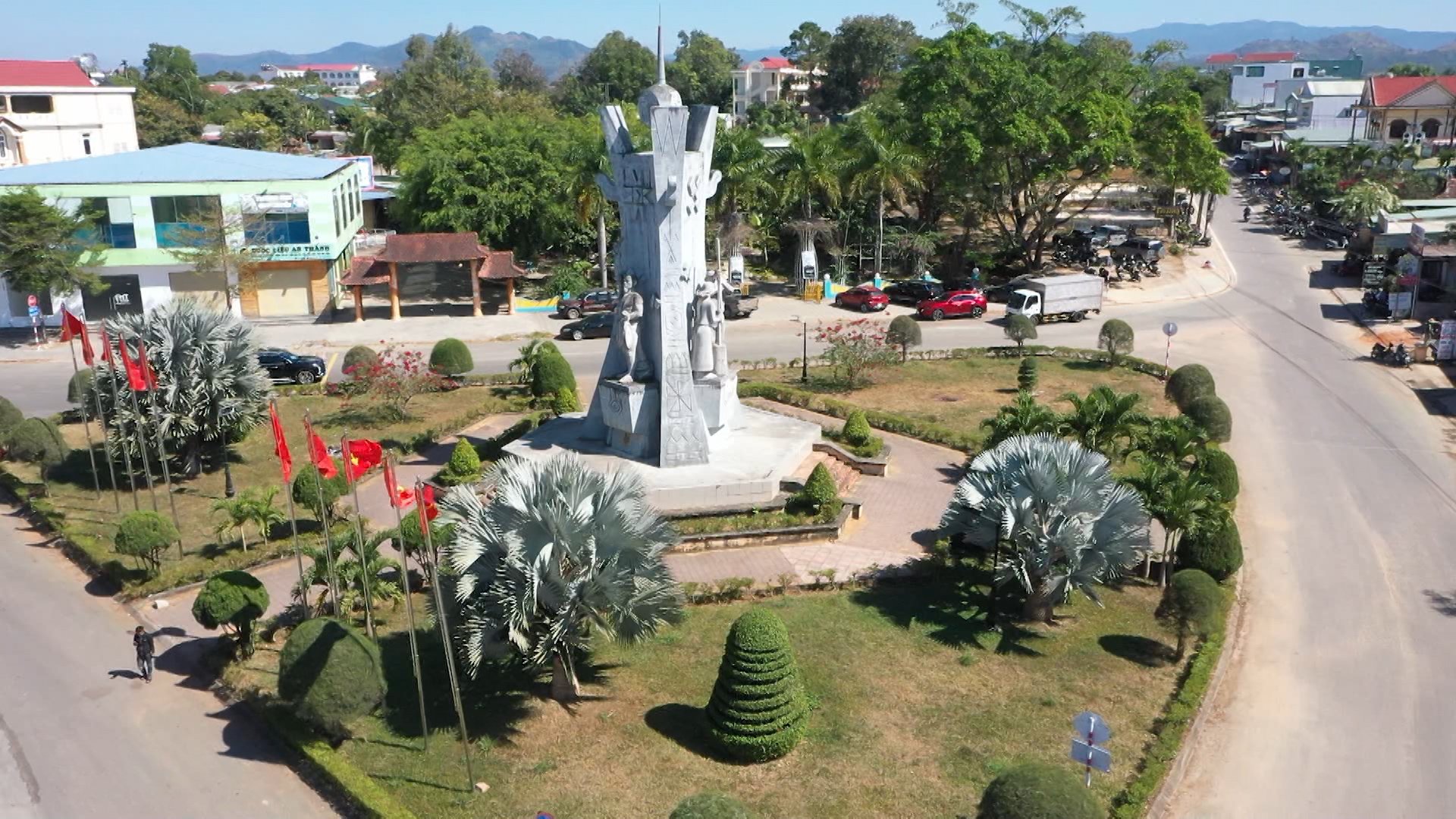
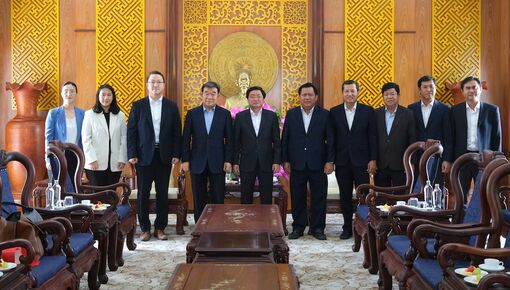










Comment (0)